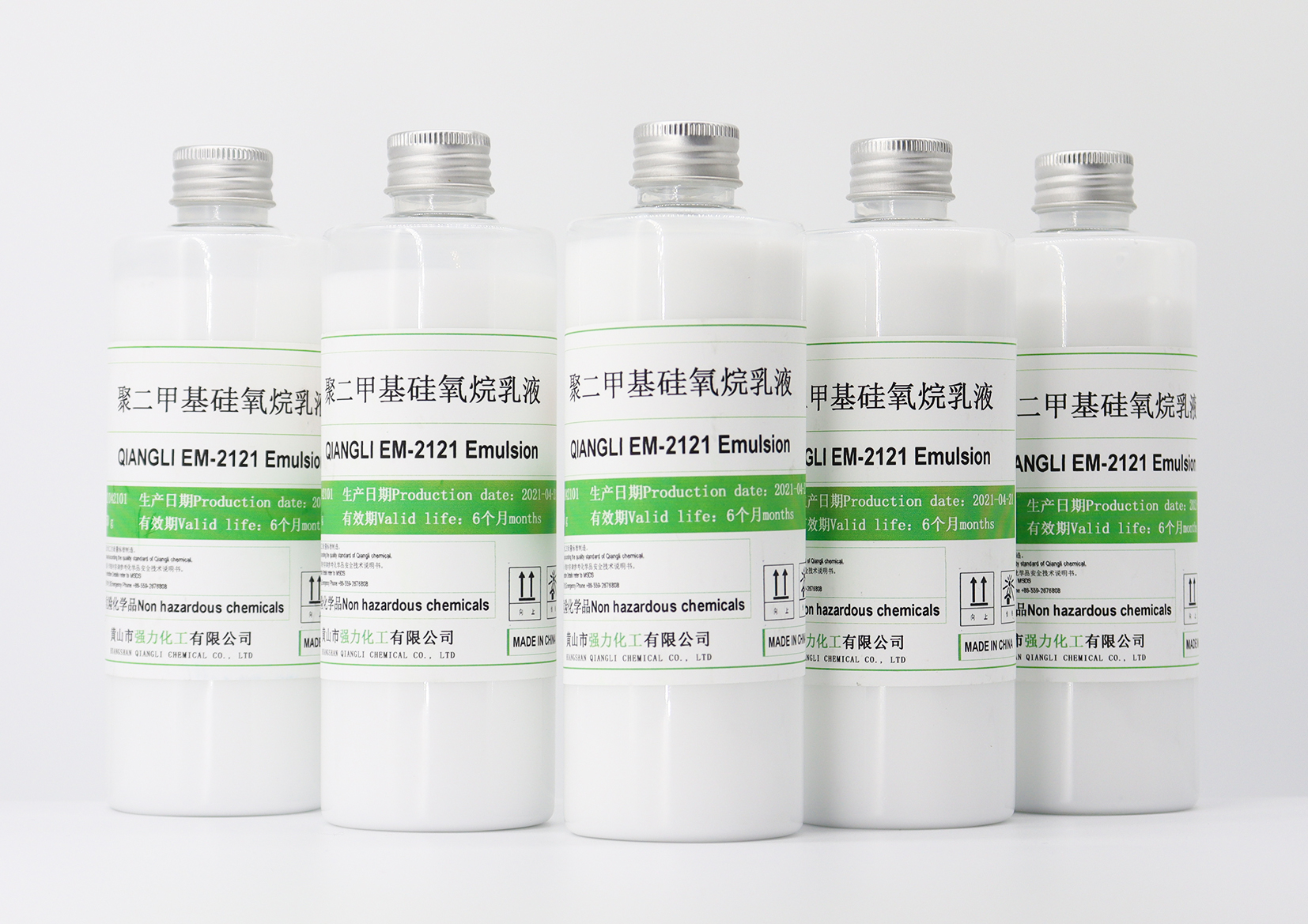Take you into the world of silicone oil: There are many varieties of silicone oil emulsion finishing agents, and the quality is uneven. There are cationic, anionic, non-ionic, etc., modified amino silicone oil and linear silicone oil and so on. Generally, the following points should be paid attention to when using silicone oil for soft finishing.
Dosage control:
Such as 20% solid content of amino silicone oil, the dosage of 1.5-3% (O.W.F) is enough, and increasing the dosage cannot increase the softness.
Fixed speed problem:
When the factory is making some thin fabrics (such as chiffon, artificial silk, Bali yarn), the speed of setting is very fast, and sometimes it can reach a speed of 60 m/min. Due to the poor permeability of ordinary silicone oil, it is easy to cause the backflow of silicone oil on the roller. Sticky roll. When using, pay attention to changing the working fluid in the rolling groove and clean the rolls frequently.
Dip cylinder problem:
When the factory is doing dipping and soft, ordinary silicone oil will stick to the cylinder wall. After a long time, some black oil spots will form on the cylinder wall, and it will form silicone oil spots on the cloth surface.
Cohesion problem:
In fabrics containing short fibers (such as cotton, viscose, and velvet), some of the short fibers will inevitably fall off during the processing. Poly, as the finishing liquid goes up to the roller, it is bonded with the squeezed and demulsified silicone oil, and it is easy to form sticky roller or silicon spot. Do a good job of cleaning before driving, and clean up loose hair in time.
Feeling problem:
Due to the increasing requirements for the feel of fabrics in the market, various fabrics need to show a variety of different styles due to different seasons and different customer requirements, such as those that require a smooth and drapey feel, those that are slippery and flexible, Fluffy and soft, simply elastic, etc. A silicone oil generally can only reflect one style. As a result, many factories have to use a variety of silicone oils, resulting in chaotic production. Sometimes they can't find silicone oils that meet customer requirements, so they can only give up their business and cause losses. We can synthesize silicone oils with different ammonia values, viscosities and reactions by selecting different ammonia values and different types of silicone oils to control molecular weight and molecular distribution to meet the requirements of various fibers in terms of softness, smoothness and elasticity.
Concentration issues:
Do not pour more than 20% (solid content) high-concentration amino silicone oil emulsion directly onto the running fabric. The amino silicone oil should be diluted in advance, poured into the container, stirred evenly, and added to prevent rapid adsorption and cause silicone oil spots .
Temperature issues:
The use temperature should be 30-40℃, generally should not exceed 50-60℃. Although the temperature has no obvious effect on the softness and smoothness of the hand, when the temperature is too high, the elasticity changes greatly, and the amino silicone oil is prone to sticking and demulsification.
PH value problem:
When dipping or padding the working fluid, the pH value should be controlled at about 5.5-6, which is beneficial to improve the softness, drapability and elasticity of the fabric.
Time to use:
If the silicone oil emulsion is used for too long, it will cause sticking to the roller, especially if the quality is poor, and it will even crust on the roller, which will affect the driving. Cleaning should be strengthened. Generally, degreaser or cleaning agent can be used, and it is melted in a certain proportion and scrubbed on the roller.




